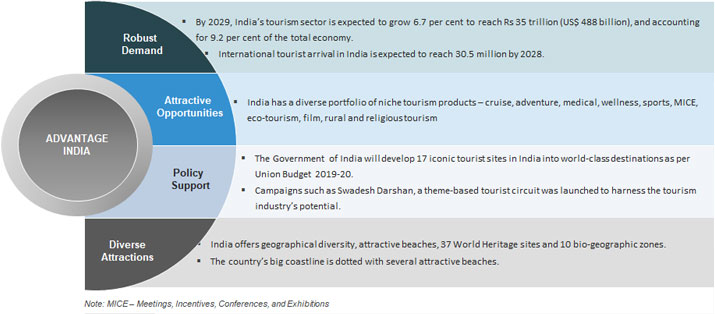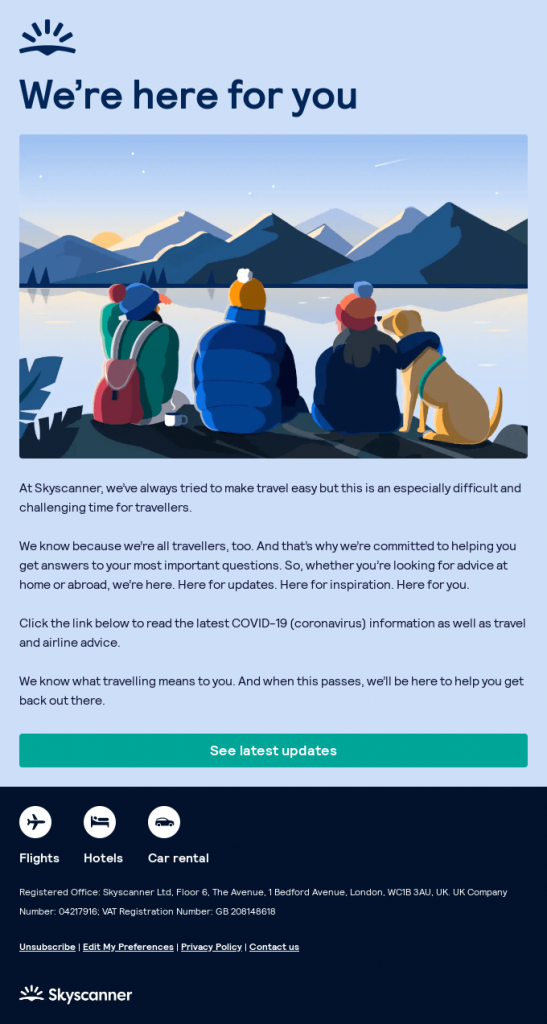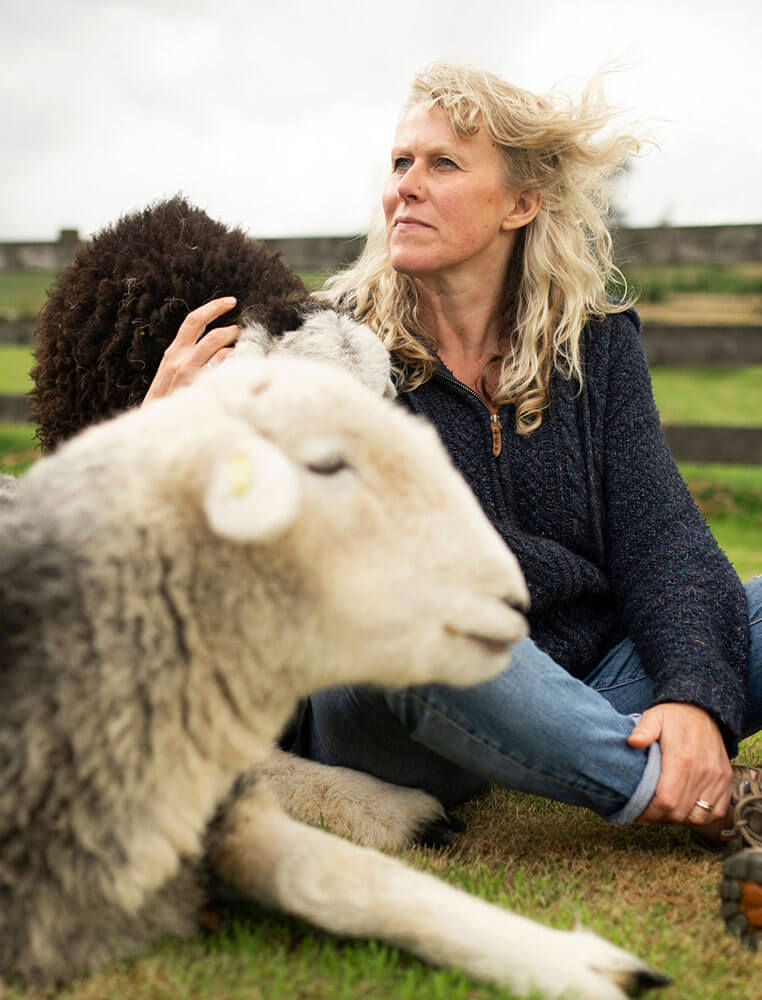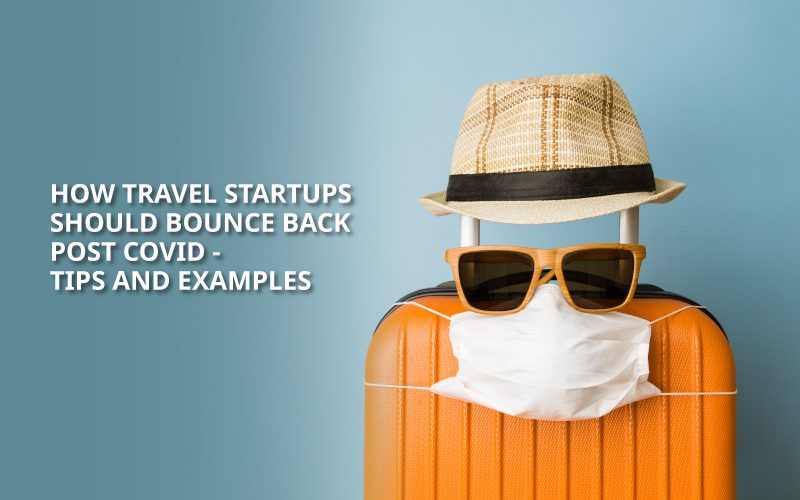The pandemic has gone long enough.
The COVID pandemic has not been kind to the travel and tourism industry. Once a booming industry, the trade land tourism sector has faced a massive loss, both in terms of revenue and jobs.
This has also had a domino effect on the hospitality sector, with hotels and honeymoon destinations taking a huge hit.
As per the World Travel and Tourism Council (WTTC) reports, India generated Rs.16.91 lakh crore in 2018 from travel alone. This also helped create over 42 million jobs,
India ranked 3rd out of 185 countries with regard to travel and tourism’s total contribution to GDP in 2018.
Here are some figures to help understand the impact COVID has had on the travel sector:
- According to a study, there is a 52% decline in bookings, due to the travel restrictions imposed by countries.
- India depends on foreign tourism for 60-65% of its turnover, especially during holiday seasons.
- Globally, the travel sector is expecting an 80% drop in travel revenue, if there is no improvement to the pandemic situation.
However, even has the second wave of COVID hits other countries, the travel and tourism industry, along with hospitality has found a way to bounce back, or at least cater to its travel sick customers.
In this blog, we will cover:
-
5 ways travel and tourism are bouncing back
-
Effect crisis strategies to prevent further losses
-
Tips to control and regulate travelling across states and countries
-
Examples of travel companies who have made the most out of the pandemic
How travel and tourism can bounce back post covid
Let’s face it, the pandemic is showing no signs of exiting. Yet, travel companies are gearing up to stem further losses to the sector.
“While the industry was caught off guard with sudden lockdowns and overnight changes in government regulations, we also need to acknowledge that clear communication to consumers has sometimes been lacking. Secondly, flexibility will become a big priority in the near term. Consumers will look for cost-effective travel options that provide them with the ability to make amendments and cancellations as their plans change. Thirdly, the demand for ancillary services such as travel insurance will rise.” – Aditya Agarwal, Head of Corporate Strategy at ClearTrip, for Financial Express

Customised service with a quality personal interface
Previously, taking care of customers on travel portals was easy. How do you do it when they are not even checking for flights/tickets due to the pandemic?
- Keep up your brand presence. Delta airlines stepped up during COVID to offer free flights for healthcare workers. Air India sent commissioned flights to pick up stranded Indian tourists from all over the world.
- Invest in a customer care line. Allow your customers to reach out to you for cancellations, urgent flights and bookings. Earn customer trust and practice empathy in your communication. Streamline operations, especially with customer service. To do this effectively, it is important to have an online presence, which we will cover later.
Adopt aggressive digital marketing tools
A lot of travel startups are moving beyond a website and are actively working on keeping customers informed and ended with digital marketing tools. Use emailers, social media, COVID landing pages, resources section, FAQs and video platforms to keep customers aware, informed and engaged!
How travel startups can use email marketing during COVID
For example: Since lockdown, Skyscanner has been keeping in touch with their customer base ( based on previous bookings) via emailers. Here are a few tips to engage with your customers with emailers –
- Plan for the future. Make sure your emailers capture the important travel information customers need to know and allow them to plan travel for the future.
- Sound hopeful. Travel is a positive element in everyone’s lives, and right now your customers miss it the most in their routine. Send emailers that remind them of all the hard work your company is ensuring with booking, destination safety and travel modes (railway/flights)

How travel startups can use social media to boost engagement
Once again, keep customers updated, informed and hopeful. Do not overspend on technology just yet. Social media is free but comes at a price when you want your content to stand out. Here are some ideas to help you:
- Offer ‘staycation’ initiatives. Hostels all around the country are reopening their doors for anyone who is interested in a weekend getaway or a long-period stay in their rooms. You can bring your office gear and set up work stations in these hostels.
- Take care of your customers. Upload posts keeping them updated on the current situation and on cancellations if any. Indiahikes tried an effective strategy of keeping their customers informed about their activities and measured during COVID and showed them the entire process of how they plan to bring back trekking services once the pandemic is controlled.
- Give your customers a demo of the safety measures you are taking via IG reels or videos. Provide proof where needed to ensure them that you are doing what is necessary to bring travel back.
Regulate prices despite drops
Do not offer massive hotel discounts right away. While consumer demand is slowly seeing a comeback, it is not advisable to drop prices massively. Opening a hotel discount offer would be the last thing a customer would want during these sceptical times.
Do not panic price. Assess your finances – what expenses do you need to undertake in the next 3 months? Provide value to your customers and do not be afraid to pivot.
How to pivot like Airbnb
Airbnb is one of the new-age giants in travel and hospitality. One of the most severely hit companies during COVID, Airbnb sought a virtual opportunity – one that allowed customers to have online experiences!

Consumers tuned into live-streamed happy hours in Germany, or spend time with people in a village in India. Customers could also pay $10 for a meditative session with sheets in the UK, or talk to an Olympic medallist!
Keep track of global updates
During the first wave of COVID, it was clear that not every country had imposed a travel restriction. To avoid any future lack of planning, stay updated with all future travel itineraries and country guidelines – and update them on your website!
Switch to a complete online presence
For the long term – we are thinking even AI! But for now, have an online platform. Upload all offers, incentives, Government updates in one place.
Offer your customers tickets, hotel packages and even travel advice online. Use video platforms like YouTube to inform them of safety measures.
Also read: 3 free tools to help set up your website
Top safety measures all travel startups must incorporate
Watch how MakeMyTrip uses their platform to assure customers of safe travels.
Quick tips from travel giants to ensure your customers trust you –
- Wear masks at all times when interacting with customers.
- Keep in touch with customers who have booked tickets via your platform, even after they have reached their destinations.
- Train any airline/hospitality staff to always maintain the WHO-recommended COVID protocol.
- Keep sanitisers, disinfecting sprays available at any kiosk, counter or store.
Selling travel packages, tours, and tickets online on Instamojo
The need of the hour, for any business, is to save money. So, if you are unpausing your travel startup idea, get started on a platform that provides a simple interface, along with a payment gateway that allows customers to pay you easily or book your travel services with ease.
Check out Instamojo smart pages – India’s first landing page builder that allows you to sell travel packages, hotel bookings, stay experiences, etc. You can also explore Instamojo online stores for your travel business.
Integrate Instamojo’s payment gateway to your website for all future online bookings. With simple API integration, customers can make bookings directly from your website.
Let’s bring back the wanderlust 2020 took away!


1 comment
Hi Chethna, how are you? Hope you are safe during this unavoidable situation of Covid-19. This time I used Instamojo a lot to accept payments from my customers. I read your posts regularly to get some knowledge of the business world. I want to say that, these two points – 1. 5 ways travel and tourism are bouncing back, and 2. Effect crisis strategies to prevent further losses is very well-written. Keep posting nice articles.